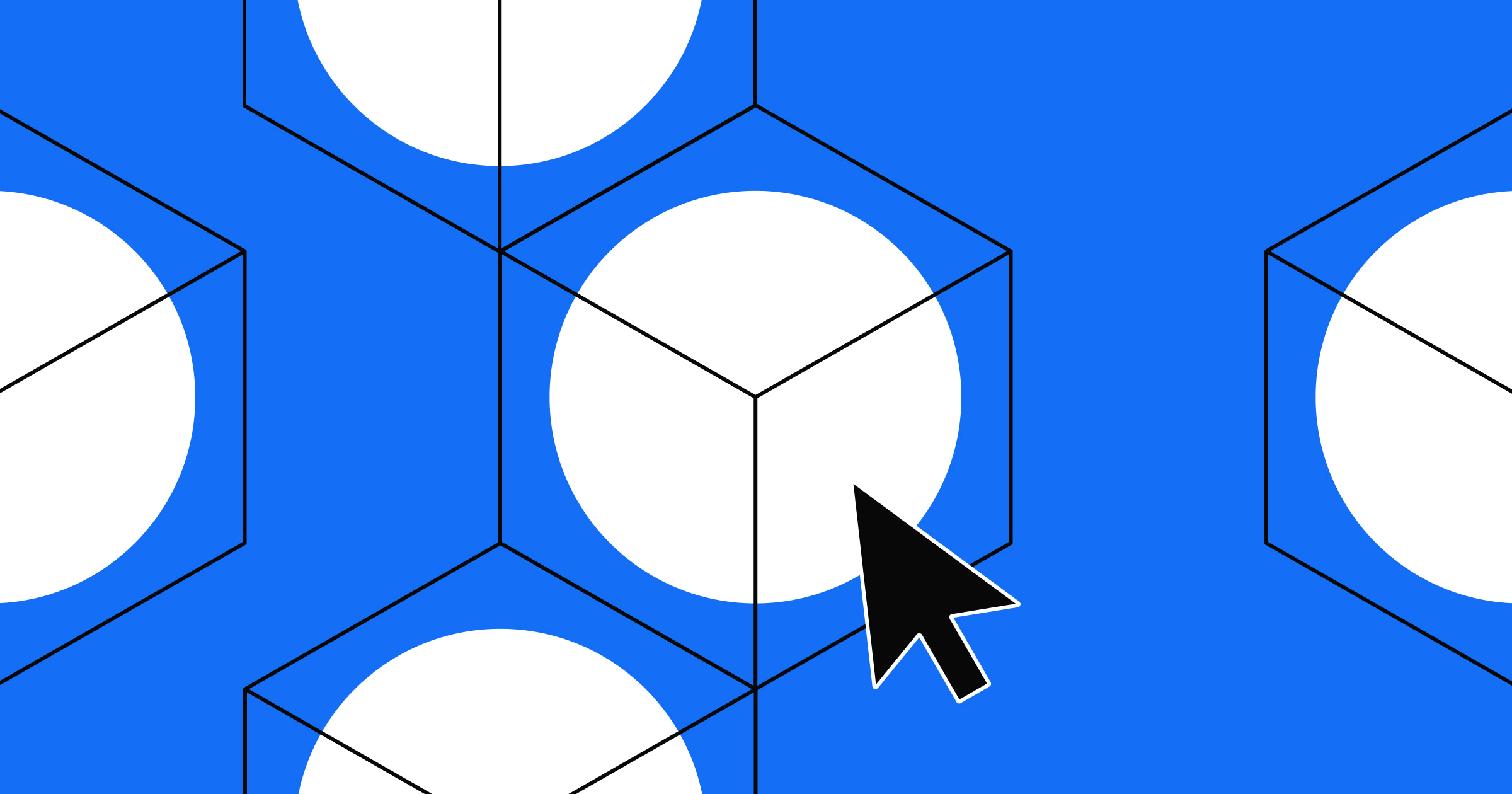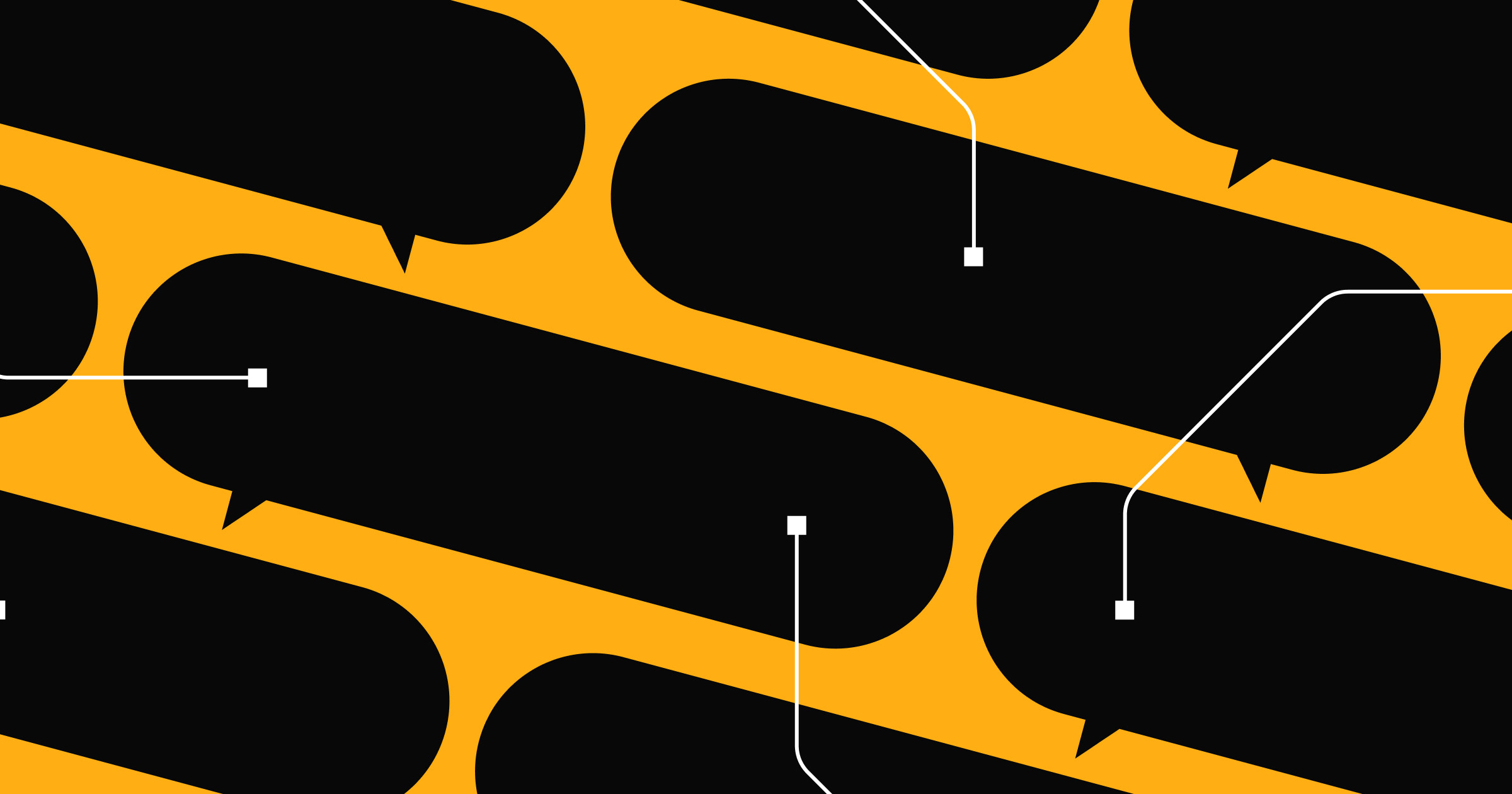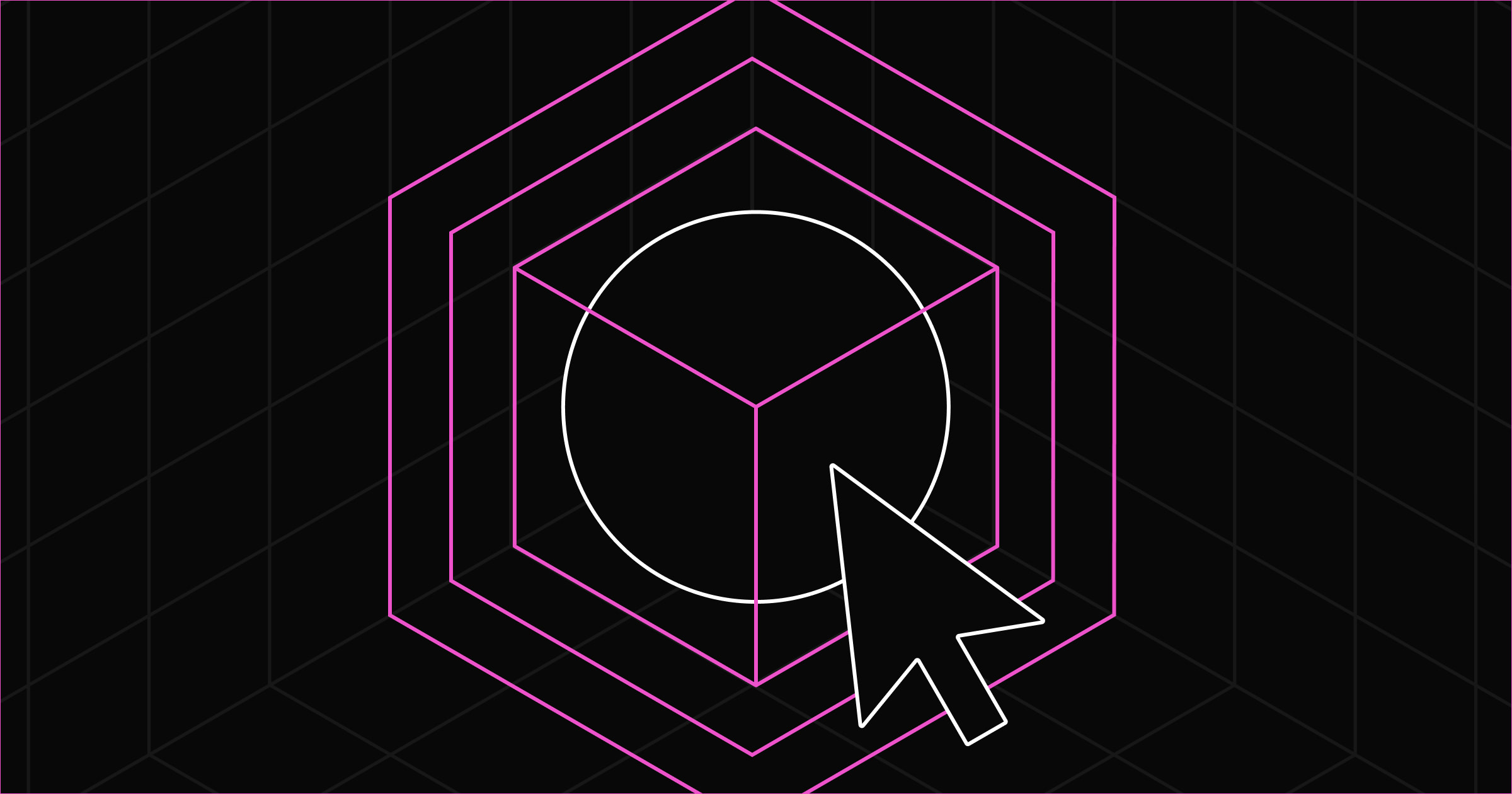Customer-centric design shows your target audience that you recognize and care about their pain points.
The idea is simple: Create an experience that prioritizes customer satisfaction, and you’ll boost audience engagement. But actually implementing customer-centric design is much more complex.
A customer-centric model requires an intimate understanding of your target audience, which requires extensive user research to invite customers into the design and decision-making processes. The goal is to create a culture of collaboration with your customers, which empowers you to deliver an experience that’s tailor-made to their needs.
Why is customer-centric design important?
Customer-centric design isn’t the future — it’s the now. Companies like Hilton, IKEA, and Amazon all have one thing in common: They place their customers at the center of their business strategy, and it’s paying off. Here’s how:
- Their customers are invested. Customer-oriented companies aim to create intuitive, convenient products that delight their users. As a result, they have a high net promoter score (NPS), and their customers are more likely to promote their brand.
- Their audience trusts them. A customer-centric product engenders trust by helping users feel heard and prioritized. That trust enables companies to take risks and try novel ideas that less customer-focused brands wouldn’t.
- Their employees have a clear direction. Customer feedback provides a steady drumbeat for everyone in these organizations to march to. Subsequently, their teams spend less time hashing out design decisions and more time delivering on actionable goals.
Essential elements of customer-centric design
Customer-centric or user-centric design offers a paradigm shift in how teams think about creating products. To become a truly customer-centric company, you need to tailor every facet of your business to put your consumers first.
Here are a few essential elements to explain what customer-centric design is and how to implement it.
Understand your customers
A customer-centric model requires a fundamental understanding of your target audience. You need to know their demographics, but you also need to consider questions like:
- Where do they shop?
- Which brands do they trust?
- Where do they share their opinions?
Answering these questions helps you meet your customers where they are, which is vital to understanding their expectations. If your customers shop mostly online, find out where and target some ads in that direction. And if they share opinions on social media, create a community management team to participate in that discussion.
Prioritize the customer experience
An excellent customer experience (CX) is the primary focus of customer-centric design. CX encompasses all the customer-facing aspects of your business model, such as support, advertisement, and physical packaging or storefronts. You need to fine-tune every experience a customer has with your brand to exceed their expectations.
Communicate often
The communication channels between your brand and target audience play a crucial role in customer-centric design. These channels must be robust and constantly flowing. Throughout product development, consult customers early and often for their feedback. You might interview early adopters who are passionate about your product, offer incentives to attract people to demos, and test your prototypes on sites like UserTesting.com.



















The 2024 State of the Website
Discover key challenges today's marketing teams are facing, as well as opportunities for businesses in 2024.
How to implement customer-centric design: 5 steps
The most traditional approach to product design is to fill a need in a novel way. Teams brainstorm novel ideas and then try out the most promising concepts based on meticulous action strategies.
While this is a well-trodden approach, a customer-centric product strategy focuses on boosting engagement and serving your bottom line. Actively engaging your customers before, during, and after product development helps avoid missing the mark on pinpointing and solving their unique problems.
Here are five steps for putting this model into practice.
1. Determine customer pain points
The best way to start product design is to define the problem you’re solving. Try to discover a widely shared pain point that frustrates a whole audience of consumers. These consumers define your target audience, and solving this problem for them is your primary goal.
2. Understand customer expectations
Now that you know what you’re solving, ask customers about their experiences with that problem. Conduct interviews with real consumers and scour social media to find answers to these questions:
- How do customers currently approach this problem?
- Why is it frustrating?
- What would a better solution look like?
After gathering feedback, distill your findings into tangible ideas and extract all the qualities people seek in a product that solves this problem. This sets you up for a focused start to the design process.
3. Define the solution
Gather your team to analyze every aspect of your user research and discuss various customer perspectives. Then, conduct collaborative brainstorming sessions for products that will improve and add value to your consumers’ lives. Remember, the best ideas are unique but attainable, disruptive but appealing.
Next, make prototypes of these potential products and test them with real customers. Then, use their feedback to make improvements and test again. Repeat this process until your team lands on a prototype that performs well.
When it’s ready, develop that prototype into a fully realized product and test it again. Keep refining it until you reach a level of satisfaction that your team — and your customers — are happy with.
4. Determine a sales plan
With your product realized, it’s time to learn how much value customers see in it. Present your product to potential consumers and ask them how much they would pay for it and where they’d expect to purchase it. Then use their answers to determine how and where to sell your product. If necessary, refine your product further to suit that particular market niche.
5. Continuously improve
After launching your product, track its reception and ongoing feedback. Find ways to lean into well-received aspects and refine those that aren’t performing well. Continuously test iterations with real customers before fully committing to modifications to ensure you make the right changes and avoid investing in the wrong ones.
If you get to a point where your product only receives glowing customer feedback, you can maintain it and update it only as needed. But don’t overcapitalize on your team’s success. Instead, carry that momentum into your next product, and your loyal customers will follow you.
Challenges in customer-centric design
Customer-focused thinking addresses challenges of more traditional design styles, like misdirected solutions, but it isn’t without its own issues. Here are a few obstacles you can expect to encounter.
Conflicting data
Everyone has their own opinion about how your product should look or feel. When you receive conflicting views, see which has more support in your research. Don’t discount the minority opinion, though. If possible, do another round of research in which you A/B test the options.
High costs
Constant iteration requires time and money, and your team ultimately spends resources on prototypes that don’t make it into the finished product. That might seem wasteful, but remember that your team learns something valuable from every attempt.
Difficulty quantifying success
Data you receive from customers can be qualitative and subjective. Translating that feedback into specific changes with measurable results is challenging, but it’s possible. Shape straightforward questions and pose them in ways that give you quantifiable data points.
For example, if you’re testing a prototype with a group of users, ask them for specifics such as, “Did this product solve the problem?” or “How satisfied were you with your experience?” When you pose these questions, ask for a yes or no answer or a rating on a scale of 1–10.
Improve your B2C relationship with Webflow
Customers engage with products designed for real people, not abstract user personas. If you want to improve your user relationships, customer-centric thinking is an excellent way to go.
Webflow Enterprise is here to help. Offering resources to streamline iteration and collaboration, Webflow lets you create stunning websites that your customers will remember. Features like Quick Stack elements, reusable components, and global color swatches make it easier than ever to update your website according to user feedback. Check it out yourself, or contact our sales team to schedule a demo.

Build with Webflow
Webflow Enterprise gives your teams the power to build, ship, and manage sites collaboratively at scale.































